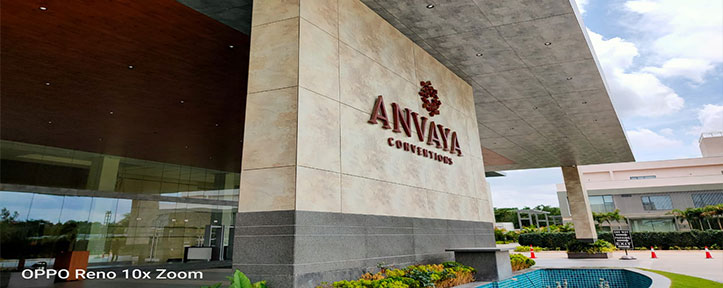Top 5 Commercial Building Facade Styles
A facade is one of the most important parts of a building as it gives the building its identity and helps it stand out from the rest. Setting the tone from the rest of the building, it combines the attributes of appearance and performance. Many technologically advanced facade systems have now invaded the market which not only helps in enhancing the outer appearance of a building but also its efficiency. Therefore, when it comes to designing architectural facade systems especially for commercial buildings today, various factors like energy absorption, weather resistance, etc are also taken into consideration.
These are a few popularly used facade styles for commercial buildings:
1. Aluminium Screen facade
Aluminium screen facade systems have gained immense popularity in modern architecture due to their versatility. Aluminium being lighter in weight makes it useful for a variety of façade construction purposes. Facades made of this compound demonstrate high corrosion resistance and durability. Additionally, powder coating/PVDF coating the aluminium makes it more robust for application such as exterior facades. This makes aluminum facade systems a good option for commercial buildings.
2. Curtain walling facade
The term "curtain walling" refers to glazed or metallic lightweight cladding systems that are directly supported by a structural framework. Curtain wall systems are a collection of factory-made parts that are either assembled into panels in the factory and transported to the site location as interlocking units (unitized curtain walling) or transported to the building site as individual parts (stick curtain walling).
3. Glazing facade
Modern glazing facades are constructed using stainless steel brackets, also known as "spiders" due to their numerous legs that are used to attach two or four separate glass panels together. Neoprene gaskets are typically used to attach stainless steel brackets to glass panels. By allowing articulation due to structural and thermal movements, these attachments reduce local stresses on the glass.
4. Insulated wall facade
Insulated wall facades are double skin panels with insulation between the internal and external elements. On single-story and low-rise industrial buildings, steel-faced insulated panels are frequently used. Typically, panels are made to fit commonly-used frame spacings without intermediate supports. Expanded polyurethane (PUR), polyisocyanurate (PIR), and mineral fiber are some of the available insulation materials for this facade system. These materials have different insulating, fire-resistance, and other physical properties.
5. Solar shading facade
This facade system makes it possible to maximize the amount of solar heat gain and visible light that is admitted into a building. Solar shading systems come in many different types and can be incorporated into the building's façade as per the need and design of the rest of the building. In order to lessen the intensity of solar gain, there are oval-shaped horizontal steel elements that span horizontally between external columns.
Building facades bring numerous benefits, from cost savings to revenue growth. The best features of the structure can be displayed by a well-built facade while a poor facade can ruin the building's entire architectural plan. Therefore, it is crucial to be careful and take into account all the necessary factors when choosing your facade's final design.
To avail the best benefits of facades, you must purchase your facade materials like zinc wall cladding sheets & Aluminium screen facade systems from a reputed manufacturer or supplier.



